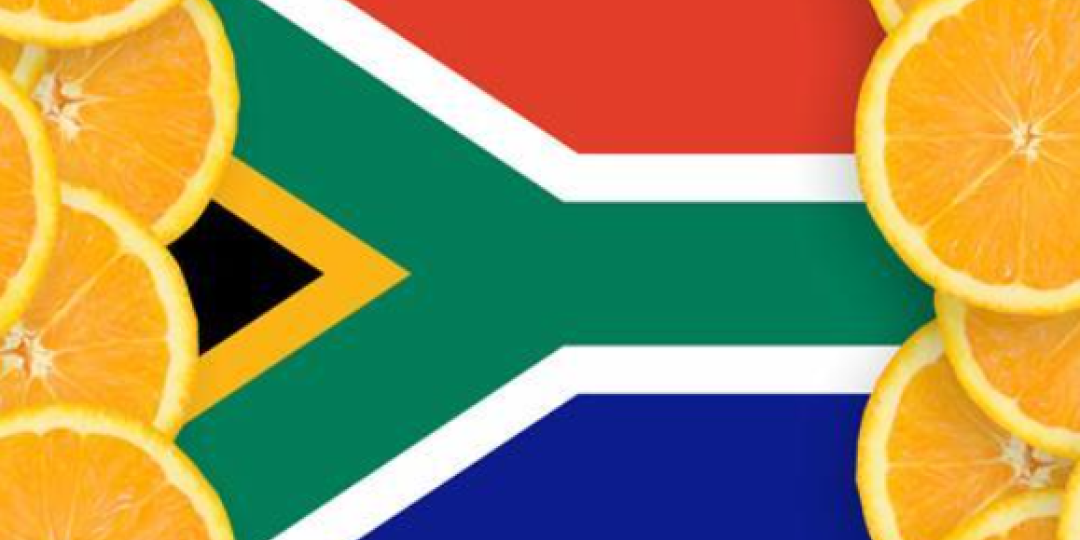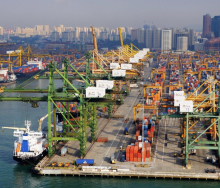India’s growing taste for South African citrus could be boosted by import duty relaxation and in-transit cold chain implementation, a Fruit SA delegation to the world’s most populated country has heard.
Justin Chadwick, chief executive of the Citrus Growers’ Association of Southern Africa, said while the quality of local fruit exported to India was well received, traders had sounded an alarm about South Africa’s competitive position.
“Import duties on South African fruit remain high while competitors are negotiating free or preferential trade agreements.”
If high import duties aren’t addressed while other countries are reducing theirs, South Africa’s position would become less competitive, Chadwick says.
“The other factor restricting expansion is the requirement that cold treatment cannot be done in transit. This is being addressed through trial shipments. If the trial shipments are successful, then in-transit cold treatment would be allowed.”
Over and above these concerns, South African fruit is doing well in India, Chadwick says.
“Whereas a few years ago South Africa was not visible in the market, there is now South African pome and stone fruit promotional material on display throughout.”
He adds that it came as a welcome surprise to the delegation to hear fresh produce traders singing the praises of South African fruit.
“In particular, these traders complimented South African producers on the quality in terms of colour, taste, size, shelf life and brix (a measure of the total soluble sugar solids present in fruit).”
Most importantly, South African pricing is extremely competitive, Chadwick says.
Traders commented that there was a significant opportunity to grow in all categories of South African fruit, adding what varieties of Southern African fruit would be preferred.
According to Chadwick, it was particularly instructive how India, chaotic as it may seem to a foreign visitor, appears to be operating on a level where nothing less than the best is acceptable to traders serving their country’s fast-growing consumer market.
Describing a daily market experience in India, whose population total overtook China’s early last year, Chadwick says: “Huge delivery trucks jostle with small delivery trucks, motorbikes towing makeshift trailers weave in and out, bicycles seemingly impossibly laden with fruit and vegetables groan under the weight as the vendor battles to remain upright and going forward, and individuals effortlessly glide through the masses with bowls balanced on their heads or piles of boxes on their shoulders.
“It is a kaleidoscope of colours and noise, all hustling to make a living from fresh produce.
“It is here that you will learn what consumers really think of your product. These traders either sell to the final customer or to hawkers who sell to the final customer. If the customer is not happy, the fresh produce is returned and replaced.
“As a result, these traders know what is the best variety of the different fruit types and which country of origin is consistent in supplying good quality and good shelf life.”













